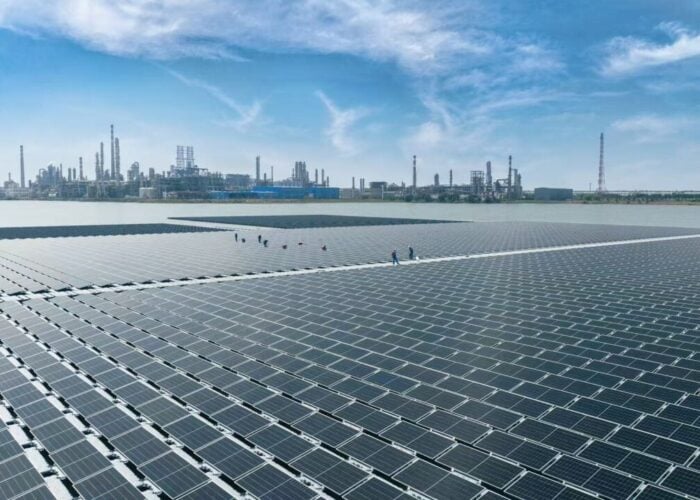
Solar Module Super League member Trina Solar has announced that it will supply some of its latest n-type industrial tunnel oxide passivated contacts (i-TOPCon) modules to the 2GW Ningxia solar project in China, a massive project currently under construction in a retired coal mine.
The company will provide its Vertex N 700W and 670W modules to the project, and is the latest development for the Chinese company. Trina Solar began commercial production of the former modules in August this year, and the deployment of the panels at a project of such massive scale could be an important demonstration of the efficacy of the modules at a utility-scale installation.
Unlock unlimited access for 12 whole months of distinctive global analysis
Photovoltaics International is now included.
- Regular insight and analysis of the industry’s biggest developments
- In-depth interviews with the industry’s leading figures
- Unlimited digital access to the PV Tech Power journal catalogue
- Unlimited digital access to the Photovoltaics International journal catalogue
- Access to more than 1,000 technical papers
- Discounts on Solar Media’s portfolio of events, in-person and virtual
The solar project is a highly ambitious undertaking, developed by China Energy Investment, a state-owned mining and power company. The company began construction on the new solar project in the central region of Ningxia in July this year, and expects to complete the installation of solar modules in two phases, the first of which will see 1GW of solar capacity brought online by the end of this year.
The second phase of construction will see the capacity of the project double, and reach full commercial operation by the end of 2024, and China Energy Investment plans to install a battery energy storage project at the solar farm, with an output of 200MW and a capacity of 400MWh. While Trina Solar did not announce how many of its modules would be installed at the new project, nor which phase of construction they would be used in, the company’s work could prove vital to one of the more ambitious decarbonisation projects in China.
China remains heavily reliant on both mining and burning coal to meet its energy needs. According to data from CEIC, China’s annual coal production reached a massive 4.1 billion tonnes in 2021, up from 3.9 billion tonnes in 2020, and the fifth consecutive year of growth since a decline to 3.4 billion tonnes in 2016.
However, China has also invested considerably in its solar sector in parallel to this, with total installed solar capacity reaching 500GW in the 13 years from 2010 to 2023. Figures from Rystad Energy forecast Chinese solar capacity to double to 1TW by 2026, which would make China the first country to break the 1TW threshold. With China eager to invest in a range of power-generation facilities, projects such as the Ningxia farm, where coal mining capacity is being replaced directly with solar capacity, could be particularly notable.







